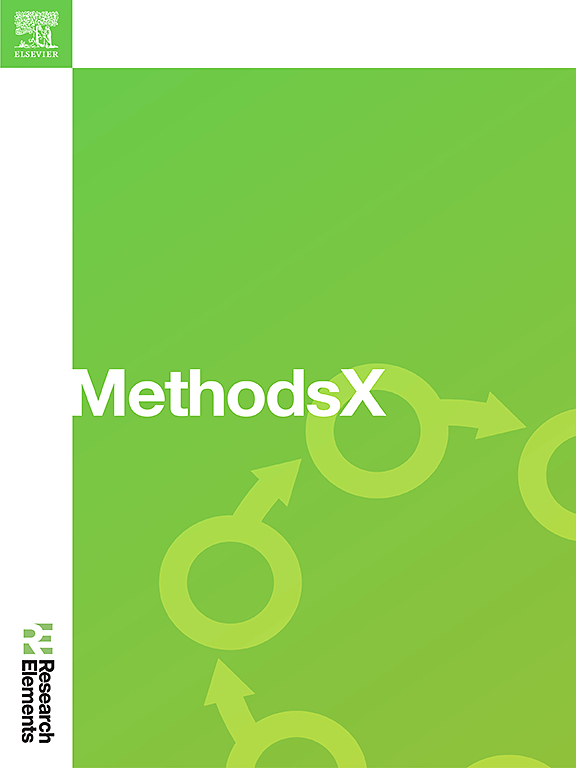A novel hybrid CLARA and fuzzy time series Markov chain model for predicting air pollution in Jakarta
IF 1.6
Q2 MULTIDISCIPLINARY SCIENCES
引用次数: 0
Abstract
Air pollution poses a significant challenge to public health and the global environment. The Industrial Revolution, advancing technology and society, led to elevated air pollution levels, contributing to acid rain, smog, ozone depletion, and global warming. Poor air quality increases risks of respiratory inflammation, tuberculosis, asthma, chronic obstructive pulmonary disease (COPD), pneumoconiosis, and lung cancer.
In this context, developing reliable air pollution forecasting models is imperative for guiding effective mitigation strategies and policy interventions. This study presents a daily air pollution prediction model focusing on Jakarta's sulfur dioxide (SO₂) and carbon monoxide (CO) levels, leveraging a hybrid methodology that integrates Clustering Large Applications (CLARA) with the Fuzzy Time Series Markov Chain (FTSMC) approach.
The analysis revealed five distinct clusters, with medoid selection refined iteratively to ensure stabilization. A 5 × 5 Markov transition probability matrix was subsequently constructed for modeling the data. Predicted values for SO₂ and CO in Jakarta using the CLARA-FTSMC hybrid method showed strong alignment with the actual data. Forecasting accuracy results for SO₂ and CO in Jakarta, based on Mean Absolute Error (MAE) and Root Mean Square Error (RMSE), showed excellent performance, underscoring the efficacy of the CLARA-FTSMC hybrid approach in predicting air pollution levels.
- •The CLARA-FTSMC hybrid method demonstrates high effectiveness in analyzing large datasets, addressing the limitations of previous hybrid clustering fuzzy time series methods.
- •The number of fuzzy time series partitions is optimally determined based on clustering results obtained through the gap statistic approach, ensuring robust partitioning.
- •The forecasting accuracy of the CLARA-FTSMC hybrid method, evaluated using MAE and RMSE, showed excellent performance in predicting daily air pollution levels of SO₂ and CO in Jakarta.

求助全文
约1分钟内获得全文
求助全文
来源期刊

MethodsX
Health Professions-Medical Laboratory Technology
CiteScore
3.60
自引率
5.30%
发文量
314
审稿时长
7 weeks
期刊介绍:
 求助内容:
求助内容: 应助结果提醒方式:
应助结果提醒方式:


